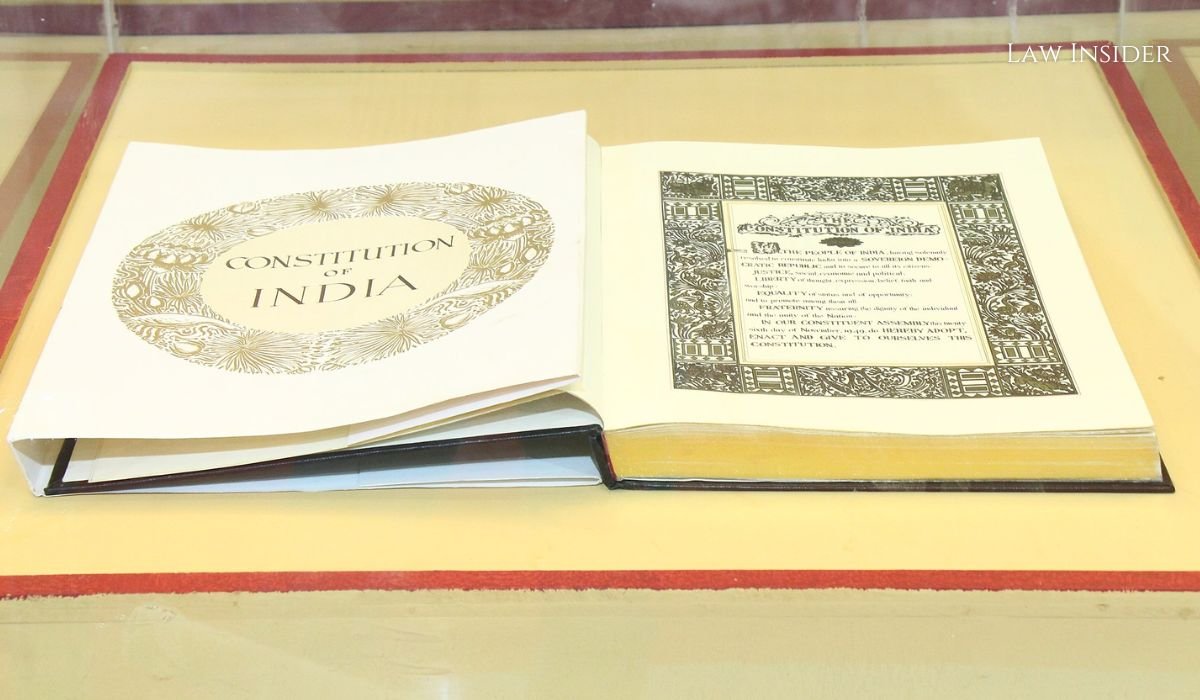Sakina Tashrifwala
Published on: November 8, 2022 at 19:23 IST
Before the Madras High Court, Senior Advocate NR Elango made the following argument in support of a petition opposing Section 57 of the 42nd Constitutional Amendment.
“Education should essentially be a State subject as State is better equipped than Centre to determine the needs of the people.”
In 1976, a clause was added that moved the topic of “Education” from Entry 11 of List II (State List) to Entry 25 of List III (Concurrent List).
Aram Seyya Virumbu Trust has filed a petition to contest this.
Before a full bench of Justices R Mahadevan, M Sunder, and Senthilkumar Ramamoorthy, Elango represented the petitioner trust and argued that education should primarily be a state matter because the state is better prepared to ascertain the needs of the populace.
When comparing the expenditures made by the Centre and the State for education, he said that in 2018, the State’s spending for education was 92% higher than the Centre’s, which was only 8%.
Whether or whether education is on the Concurrent list, the Union always spends less. He asserted that the State is the entity most suited to handle the situation.
He claimed that the 42nd Constitutional Amendment’s poisonous fruits, which they sought to uproot, were contained in the Central Legislation on Education.
The 42nd Amendment is a deadly tree. Not just the tree’s fruit, but the entire tree, needs to be cut down. Instead of only treating the symptoms, we aim to address the actual illness.
Elango responded that there is no legal position that mandates that when a constitutional provision is challenged, all states must be made parties. This was in response to a challenge that the matter affected all the States and that all the States should have been made parties to the proceedings.
Furthermore, he argued that the court lacked jurisdiction to add every state as a party.
Elango further used Supreme Court rulings in the cases of Keshavananda Bharathi and SR Bommai to emphasise that India is a federal nation.
He further said that India was federal in character and that no one could refer to it as a quasi-federal country.
Additionally, he drew support from discussions in the Constituent Assembly that emphasised how the Constitution itself supported the separation of powers.
The primary indicator of federalism was the division of legislative and executive authority between the Centre and the State.
Last but not least, he also called the court’s attention to the Statement and Objects of the 42nd Amendment Act, emphasising that they do not explain why education was shifted from the State list to the Concurrent list.
He further argued that even though the Statement and Objects of the Act was not a comprehensive manual, it may occasionally be utilised to comprehend and analyse the legislative process.
The following issues were to be decided by the Full Bench, per the directives of the then-Acting Chief Justice M. Duraiswamy:
1. Does Section 57 of the Constitution (Forty-second Amendment) Act of 1976 violate the Constitution’s fundamental principles by applying to Entry 11 of List II and Entry 25 of List III?
2. Does the section violate the Federal Structure since it transfers control over “Education” at the non-graduate level from the administrative and legislative authority of the States to that of the Union?
3. Can the Union usurp authority to control the State’s autonomy in matters of education in areas other than those covered by Entries listed in List 1 of the Seventh Schedule if “Education” is essentially a State subject?
4. “Can it be assumed that the Union Government has admitted the averments in the affidavit in the absence of an explicit denial by the first respondent (Union of India) of the allegations made in the affidavit?”
The discussions will go on today.
Senior Attorney Kapil Sibal will make remarks on behalf of the State of Tamil Nadu following Elango (the second respondent).

